Using the tax code to support wind and solar power significantly increases their cost. I wrote about this problem last year because project developers were selling their federal tax credits to third parties at 50 to 70 cents on the dollar.
Along these lines, the Bipartisan Policy Center released a study [last week] showing that simply handing cash to clean energy developers is twice — yes, twice — as effective as supporting them through tax credits. [emphasis added]
 The problem is that all but the largest renewable energy developers or buyers can’t capture the full value of the federal tax credits. So, prior to the economic collapse, a number of enterprising investment banks (and others) started buying up tax credits to reduce their tax bills.
The problem is that all but the largest renewable energy developers or buyers can’t capture the full value of the federal tax credits. So, prior to the economic collapse, a number of enterprising investment banks (and others) started buying up tax credits to reduce their tax bills.
This was great for big banks, but lousy for taxpayers and electric ratepayers. In fact, using tax credits instead of cash grants for wind and solar projects increased the cost per kilowatt-hour produced by 18 and 27 percent, respectively. (Wait, why not 50 percent? Because even though the tax credit is only half as good as cash, the cash payment only covers up to 30 percent of a wind or solar project’s costs. So cash in lieu of tax credits can only improve that portion of a project’s finances.)
 Seen another way, if the $4 billion spent on renewable tax incentives in 2007 had been given as cash instead, it could have leveraged 3,400 MW of additional wind power and 52 MW of additional solar power. This would have increased incremental installed wind capacity in 2007 by 64%, and installed solar capacity by 25%.
Seen another way, if the $4 billion spent on renewable tax incentives in 2007 had been given as cash instead, it could have leveraged 3,400 MW of additional wind power and 52 MW of additional solar power. This would have increased incremental installed wind capacity in 2007 by 64%, and installed solar capacity by 25%.
The increased costs come from higher prices that utilities pay for wind and solar power (and pass on to consumers) as well as the the cost to taxpayers of passing half of the tax credit value to investment bank shareholders instead of wind and solar projects.
The problem isn’t solved, but has simply been postponed.
 When the economy tanked, so did profits (and tax liability) for big banks. Wind and solar producers had no one to buy their tax credits and the entire industry was in danger of collapsing. The adjacent chart illustrates the idiocy of relying on the tax code for energy policy.
When the economy tanked, so did profits (and tax liability) for big banks. Wind and solar producers had no one to buy their tax credits and the entire industry was in danger of collapsing. The adjacent chart illustrates the idiocy of relying on the tax code for energy policy.
Congress stepped in with a temporary fix, allowing project developers to receive a cash grant in lieu of the tax credit. The temporary cash grant (currently extended through 2011) kept the wind and solar industry running during the recession and has saved taxpayers and ratepayers billions of dollars.
It’s also helped level the playing field, allowing for local ownership of wind and solar projects, rather than requiring complex tax equity partnerships. It’s meant more revenue from wind and solar staying in the local community. And this means a larger, stronger constituency for renewable energy.
The cash grant option will expire at the end of 2011, but hopefully the climate hawks and fiscal hawks in Congress will take note: we can support wind and solar at half the price with smarter policy.
Hat tip to David Roberts at Grist for the study link.
… Read More



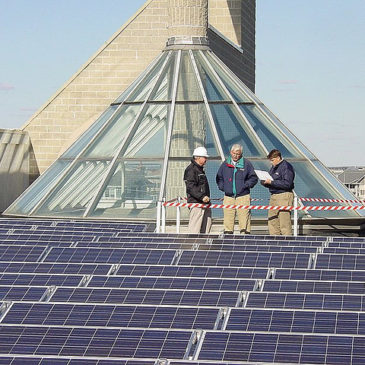
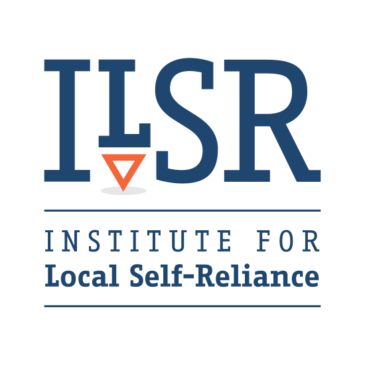
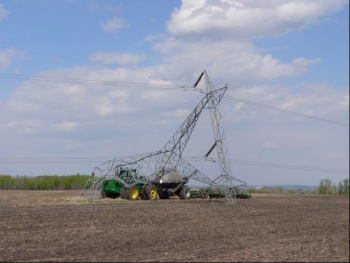 The large transmission authority serving the upper midwest – the Midwest Independent System Operator – has plans for new high-voltage transmission lines leading from windy states like the Dakotas to places like Michigan. The purpose is to bring renewable energy from big western wind farms to places East.
The large transmission authority serving the upper midwest – the Midwest Independent System Operator – has plans for new high-voltage transmission lines leading from windy states like the Dakotas to places like Michigan. The purpose is to bring renewable energy from big western wind farms to places East.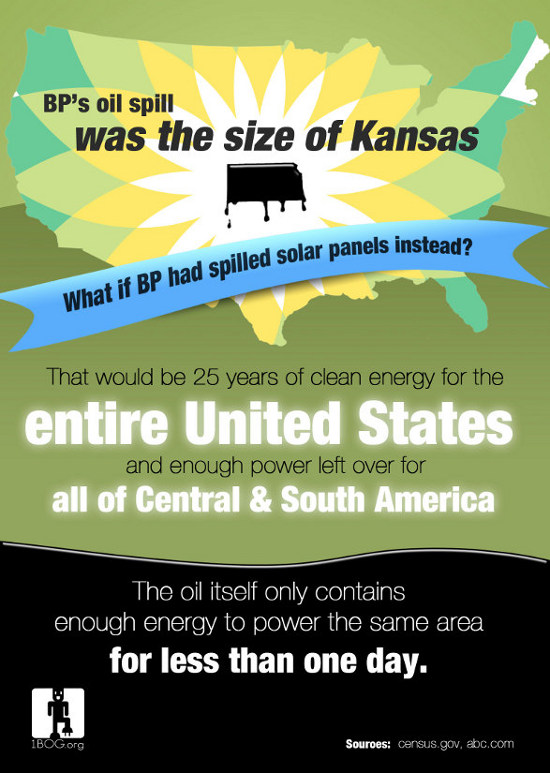
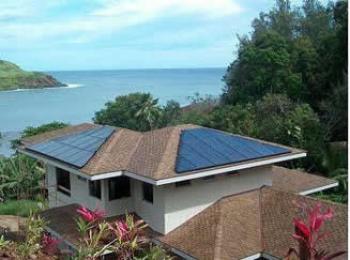 A new study released in February adds
A new study released in February adds 
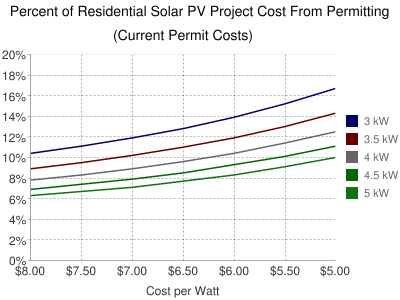 A few weeks ago we posted on the
A few weeks ago we posted on the